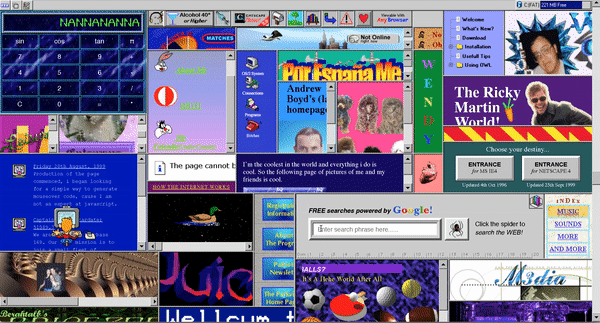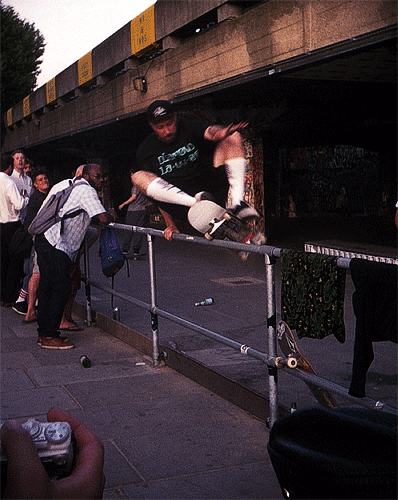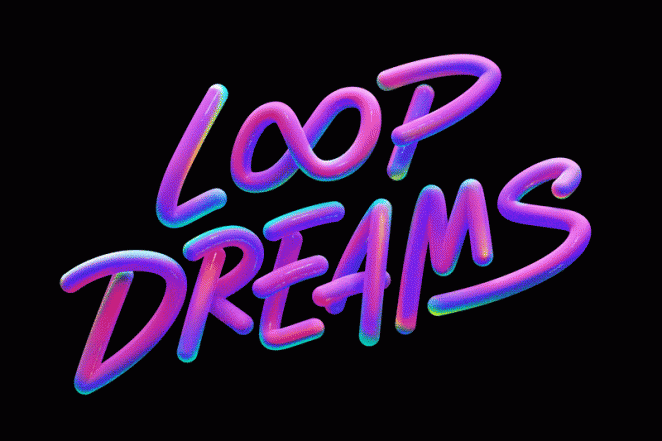HISTORY:
Opening your emails in the morning, you’re sure to come across a few GIFS. Be it on LinkedIn, in an email, or from one of our awesome activations.
The GIF is also known by its less common name, Graphics Interchange Format. Invented in 1987; GIFs were first used to transfer highly-compressed video files, in 256 colour bits per frame.
Early adopters were web developers in the 'www.' boom. These were typically seen as big flashing construction cones, bright banners, and as a dancing banana on the legendary website builder, Geocities.

TODAY:
30 years on - GIFs are a mainstay of internet culture and are seen everywhere, from Twitter, to BBC News.
A lot of this growth is strongly attributed to the rise in mobile device use, versus web; and from last year - mobile users now visit websites at a dramatically higher rate than desktop users.
Another part of this growth is from meme culture, with animations and videos being made into GIFs for quick and easy sharing.
CULTURE:
Through the dramatic growth of GIF culture - splinter groups have trailed off, with difference communities blooming as a result.
One of these groups builds on the recent resurgence of shooting on 35mm film, with the twist of using stereoscopic cameras like the Nishika N8000. Film is shot, developed, scanned, then turned into gifs.
Being one of the first, and leading this movement is our resident Pro Skateboard Photographer and Creative Technician, Raf. Originally shooting these for Palace Skateboards, he captures amazing photos of the London skate scene.

Another is the Lo-Fi (low fidelity) sub-culture of creating seamless looping animations, using as few bits as possible. Thanks to amazing content creators like sleepysvndays, the result is a throwback to the years of the Megadrive and those early days of Geocities.

The main company attributed to the rise in the GIF over the past 5 years, is the GIF search engine, Giphy. Seen as the hub of GIFs, Giphy has grown exponentially, being the Google of GIFs. Part of their strategy, in buying out other smaller companies in its wake and even holding the world first event, 'Loop Dreams'; an IRL GIF art show.

2016 was also a particularly big year for the format, with Facebook, Messenger, iMessage, Bumble and many more now accepting GIFs when posting or sending private messages. Another leap is the release of countless browser extensions now being available; to spice up messages and emails at a quick click.
OUR TAKE:
 When you think about the potential social reach and understand its viral possibilities, it's easy to see that GIFS are a great asset in a brand marketer's toolkit.
When you think about the potential social reach and understand its viral possibilities, it's easy to see that GIFS are a great asset in a brand marketer's toolkit.
To react to this, it’s important to create content that is quickly and easily digestible across multiple platforms; simultaneously gaining attention, getting clicks and resonating with your target audience.
As massive fans of the GIF - we love to create content implementing the format into our digital outputs wherever possible; ready to quickly and uniquely share your message.
* We’ll leave the debate of how to pronounce GIF for another time...



